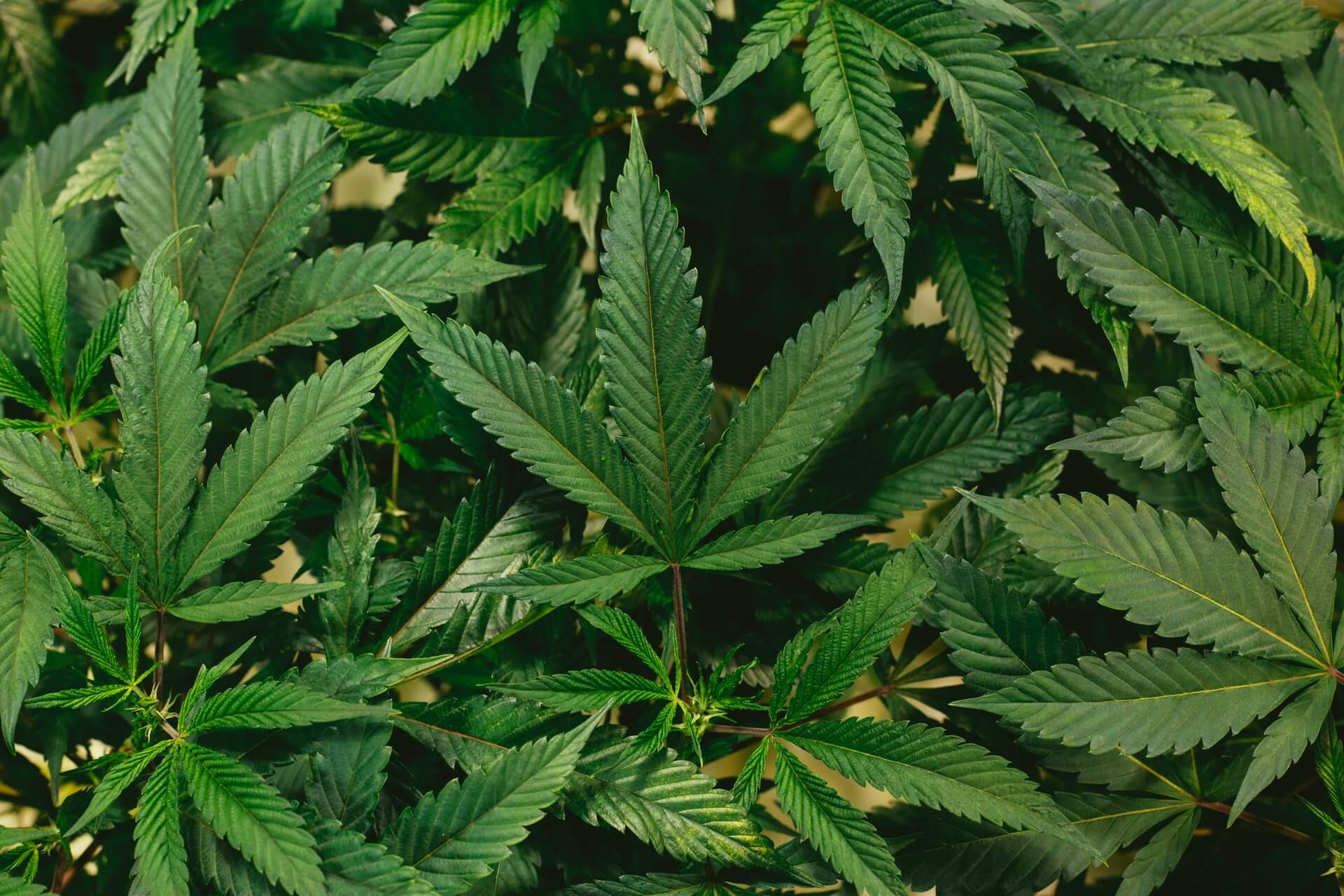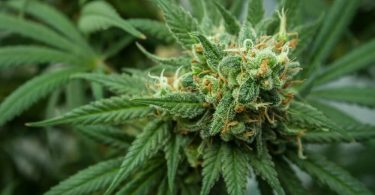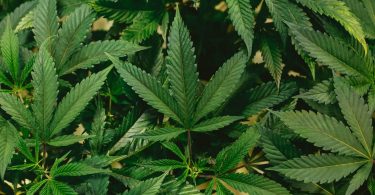
Cannabis
The cannabis industry is experiencing a green revolution, and no, we’re not just talking about the plants. As the demand for cannabis products rises, so does the need for sustainable practices in cannabis cultivation. The environmental impact of the cannabis industry is significant, but with the right cultivation practices, we can pave the way for a greener future.
The Rise of Sustainable Cannabis in the Industry
The cannabis industry has seen exponential growth over the past few years. With this growth comes the responsibility to ensure that cannabis cultivation is sustainable. The cannabis plant, while a natural wonder, requires specific conditions to thrive. Traditional cultivation practices, especially indoor cannabis growing, can have a substantial environmental impact, from high energy use to greenhouse gas emissions.
Why is Sustainability Crucial for the Cannabis Industry?
The call for sustainability in the cannabis industry goes beyond trendy jargon; it’s an urgent demand for responsible growth. When we delve into the intricacies of cannabis cultivation, particularly indoor setups, the environmental ramifications become glaringly evident. Indoor cannabis farms rely heavily on HVAC systems and artificial lighting, leading to a surge in energy consumption. But the story doesn’t end there. The water requirements for nurturing these green wonders can be hefty, putting a strain on local water supplies. This becomes particularly concerning in regions grappling with water shortages. As the cannabis industry burgeons, it’s paramount to address these environmental challenges head-on, ensuring that the green in cannabis isn’t just about the plant, but also about the planet.
Environmental Impact: What’s the Carbon Footprint of Cannabis Cultivation?
When we talk about the environmental footprint of cannabis cultivation, it’s essential to understand the broader picture. While the cannabis plant itself is a natural entity, the methods employed to cultivate it, particularly in indoor settings, can have profound environmental implications.
Greenhouse Gas Emissions: Indoor cannabis farms are energy-intensive. They rely on artificial lighting, temperature control, and ventilation systems to replicate the ideal growing conditions for the cannabis plant. These systems run almost continuously, leading to significant energy consumption. As a result, the carbon footprint of indoor cannabis cultivation can be alarmingly high, especially if the energy sources are non-renewable.
Pesticides and Pollution: To ensure a bountiful harvest, some growers resort to using pesticides and herbicides. While these chemicals can fend off pests and diseases, they also have a darker side. Runoff from these chemicals can contaminate local water sources, harming aquatic life and posing risks to human health. Moreover, the production and disposal of these chemicals can lead to further greenhouse gas emissions and environmental degradation.
Water Consumption: Cannabis plants, like all flora, require water to thrive. However, in regions where water is a precious commodity, excessive water use for cannabis cultivation can strain local resources. This is especially true for large-scale cultivation facilities that don’t employ water-saving techniques.
How Do Sustainable Practices Transform Cannabis Cultivation?
Sustainable practices in cannabis cultivation are game-changers. By implementing systems like efficient irrigation systems, reducing energy use, and opting for organic cultivation practices, cannabis growers can significantly reduce their environmental footprint. Moreover, by opting for greenhouse cultivation instead of purely indoor setups, growers can harness natural light, reducing the need for artificial lighting and thereby decreasing energy consumption.
Hemp vs. Cannabis: Which is More Sustainable?
Hemp and cannabis, two plants often mentioned in the same breath, hail from the same botanical family. Yet, when it comes to cultivation and sustainability, they dance to different tunes.
Hemp’s Environmental Credentials: Hemp is the poster child for eco-friendly cultivation, and for good reason. This resilient plant can thrive in a variety of soil types and climates, making it a versatile crop for farmers worldwide. Its robust nature means it requires less water compared to other crops, a boon in regions facing water scarcity. Additionally, hemp’s natural resistance to many pests reduces the need for pesticides, further minimizing its environmental impact. Beyond cultivation, hemp’s utility spans a gamut of products, from textiles to biofuels, offering sustainable alternatives to many environmentally taxing materials.
Cannabis and Conscious Cultivation: Cannabis, on the other hand, is often cultivated for its medicinal and recreational properties, requiring specific conditions to produce the desired potency and yield. While it’s true that certain cannabis cultivation methods, especially indoor farming, can be resource-intensive, it doesn’t mean the plant is inherently unsustainable. With a shift towards sustainable practices, such as using renewable energy sources, efficient water management systems, and organic farming techniques, cannabis cultivation can tread lightly on the environment.
The Verdict: While hemp naturally leans towards sustainability, cannabis cultivation’s environmental footprint largely hinges on the practices employed by growers. Both plants have the potential to be cultivated sustainably, but it requires intention, innovation, and commitment from the industry. In the grand scheme of things, it’s not a matter of hemp versus cannabis, but rather how we can harness the best of both worlds for a greener future.
Emission Concerns: How Can Growers Reduce Their Carbon Footprint?
The specter of greenhouse gas emissions looms large over many industries, and the burgeoning cannabis sector is squarely in its shadow. As the demand for cannabis products escalates, so does the urgency to address its carbon footprint. But how can growers pivot towards a more eco-friendly approach?
Energy Efficiency: A lion’s share of emissions in the cannabis industry stems from energy consumption, particularly in indoor cultivation setups. These controlled environments, with their round-the-clock lighting, temperature regulation, and ventilation, can be energy guzzlers. By transitioning to energy-efficient LED lighting, utilizing automated systems to optimize energy use, and harnessing renewable energy sources, growers can drastically reduce their energy consumption and, by extension, their emissions.
Sustainable Farming Practices: Beyond energy, the way cannabis is cultivated plays a pivotal role in its environmental impact. Adopting organic farming methods, which eschew synthetic pesticides and fertilizers, not only reduces the carbon footprint but also ensures a cleaner, safer product. Practices like composting organic waste can further offset emissions by turning potential landfill material into nutrient-rich soil amendments.
Rethinking Packaging: The cannabis industry, like many others, grapples with the challenge of packaging waste. Single-use plastics, often used for packaging cannabis products, contribute significantly to environmental degradation. By embracing biodegradable or recyclable packaging options, growers and producers can further diminish their ecological impact.
Innovative Techniques to Grow Cannabis Sustainably
The cannabis industry is blending tradition with modern innovation to champion environmental sustainability. Here’s a snapshot of these eco-friendly approaches:
Renewable Energy: Cannabis farms are transitioning to green energy sources like solar panels and wind turbines, reducing their carbon footprint.
Water Conservation: Growers are adopting efficient irrigation tools like drip systems and rainwater harvesting to minimize water wastage.
Aquaponics & Aeroponics: These systems promote symbiotic relationships between fish and plants or grow plants in mist environments, respectively. Both methods optimize water use and nutrient delivery.
Natural Pest Management: Beneficial insects, such as ladybugs, are being used as organic alternatives to chemical pesticides.
Eco-friendly Infrastructure: Cannabis facilities are incorporating green building designs, including passive solar greenhouses and efficient insulation, to conserve energy.
Regenerative Farming: Emphasizing soil health and biodiversity, this approach uses techniques like crop rotation and no-till farming to nurture both the soil and the cannabis crop.
In essence, the cannabis industry is proactively adopting sustainable practices to ensure its growth aligns with environmental well-being.
The Future of Sustainable Cannabis: What Lies Ahead?
The trajectory for the cannabis industry is unmistakably verdant. As the global community becomes increasingly attuned to environmental concerns, the clamor for eco-friendly cannabis products intensifies. Forward-thinking cannabis cultivators, recognizing this shift, are not merely reducing their ecological footprint but are also positioning themselves to meet the aspirations of a burgeoning eco-aware consumer base.
How Are Cannabis Farmers Adapting to Sustainable Trends?
Cannabis cultivators are not just participants but trailblazers in the green revolution. They’re championing water conservation through advanced irrigation techniques and championing a zero-waste ethos by embracing composting and recycling initiatives. Furthermore, by committing to organic farming methods, they’re delivering a promise to consumers: cannabis products that are not only potent but also pure, devoid of detrimental chemicals. In this evolving landscape, cannabis farmers are not just adapting; they’re setting the gold standard for sustainable agriculture.
What Role Does Hemp Play in Promoting Sustainability?
Hemp, a close relative of the cannabis plant, has long been celebrated for its eco-friendly attributes. But what exactly makes it a champion of sustainability in the world of agriculture?
Carbon Sequestration: Hemp plants are efficient at absorbing carbon dioxide from the atmosphere, making them a natural ally in the fight against climate change. For every ton of hemp produced, 1.63 tons of carbon is removed from the air.
Low Water and Pesticide Requirements: Unlike other crops, hemp requires minimal water and can grow without the need for pesticides. This not only reduces the environmental impact but also ensures that the soil remains nutrient-rich and uncontaminated.
Biodegradable Products: From hemp-based textiles to bioplastics, products made from hemp are often biodegradable. This reduces landfill waste and the environmental impact associated with the disposal of non-biodegradable products.
Soil Remediation: Hemp has the unique ability to cleanse the soil of toxins, a process known as phytoremediation. After the Chernobyl nuclear disaster, hemp was planted to help remove radioactive elements from the ground.
Versatility: Hemp can be transformed into a plethora of products, from paper to biofuel. This versatility means that industries can turn to hemp as a sustainable alternative to more environmentally damaging materials.
Challenges and Opportunities: Navigating the Path to Sustainable Cannabis Cultivation
Embarking on the journey towards sustainable cannabis cultivation is akin to navigating a terrain filled with both hurdles and horizons. The upfront costs of green infrastructure can be daunting, and the ever-present quest for research and innovation demands relentless commitment. Yet, these challenges are counterbalanced by immense opportunities. Armed with the right tools, knowledge, and community backing, the cannabis sector has the potential to not just tread the sustainable path but to illuminate it for others, showcasing that with resilience and vision, sustainability is within reach.
Wrapping Up: The Green Future of Cannabis
To sum it up, the flourishing cannabis industry carries with it a profound responsibility: to cultivate with care for our planet. As the sector expands, the imperative for sustainable methods becomes even more pronounced. By embracing these eco-friendly practices, cannabis cultivators are not just nurturing plants but are also sowing the seeds for a more sustainable tomorrow. In this journey, cannabis and sustainability are interwoven allies, jointly sculpting a vision of a more vibrant and verdant future for everyone. As the industry flourishes, the presence of a reliable cannabis seed bank in the USA becomes a cornerstone for enthusiasts and cultivators alike, ensuring access to quality and diversity in their pursuit of growth.







Leave a Comment